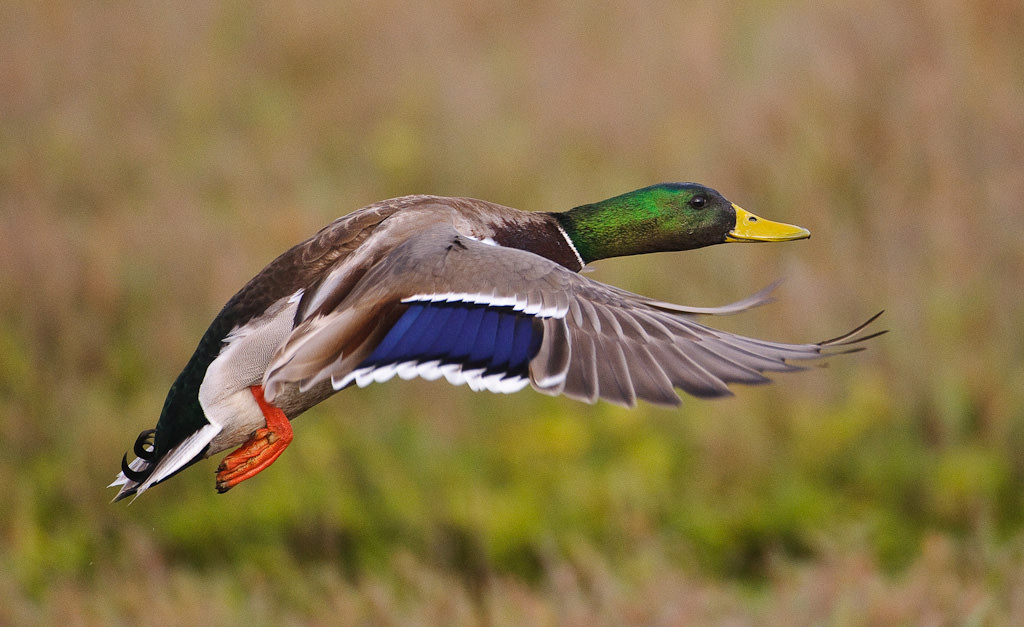I invested in Topaz Denoise AI 18 months ago and my post processing changed forever. No longer am I fighting the balance between noise and detail. The key to it, in my experience, is that you want to apply it
before any other lighting adjustments. So I've moved from a workflow that started with basic raw adjustments in Lightroom and then went into Photoshop to where I now generally just crop in Lightroom, open in Photoshop, apply Denoise AI, and then start light edits using a levels adjustment layer (if needed) and then Camera Raw filter. I shoot regularly at ISO 4000 and 6400 with my D500 and R5. This is the R5 at ISO 4000.
View attachment 22082
Get the trial and see what I mean. If you decide to buy and
do it through this link you'll get 15% off - even if it's on sale.



